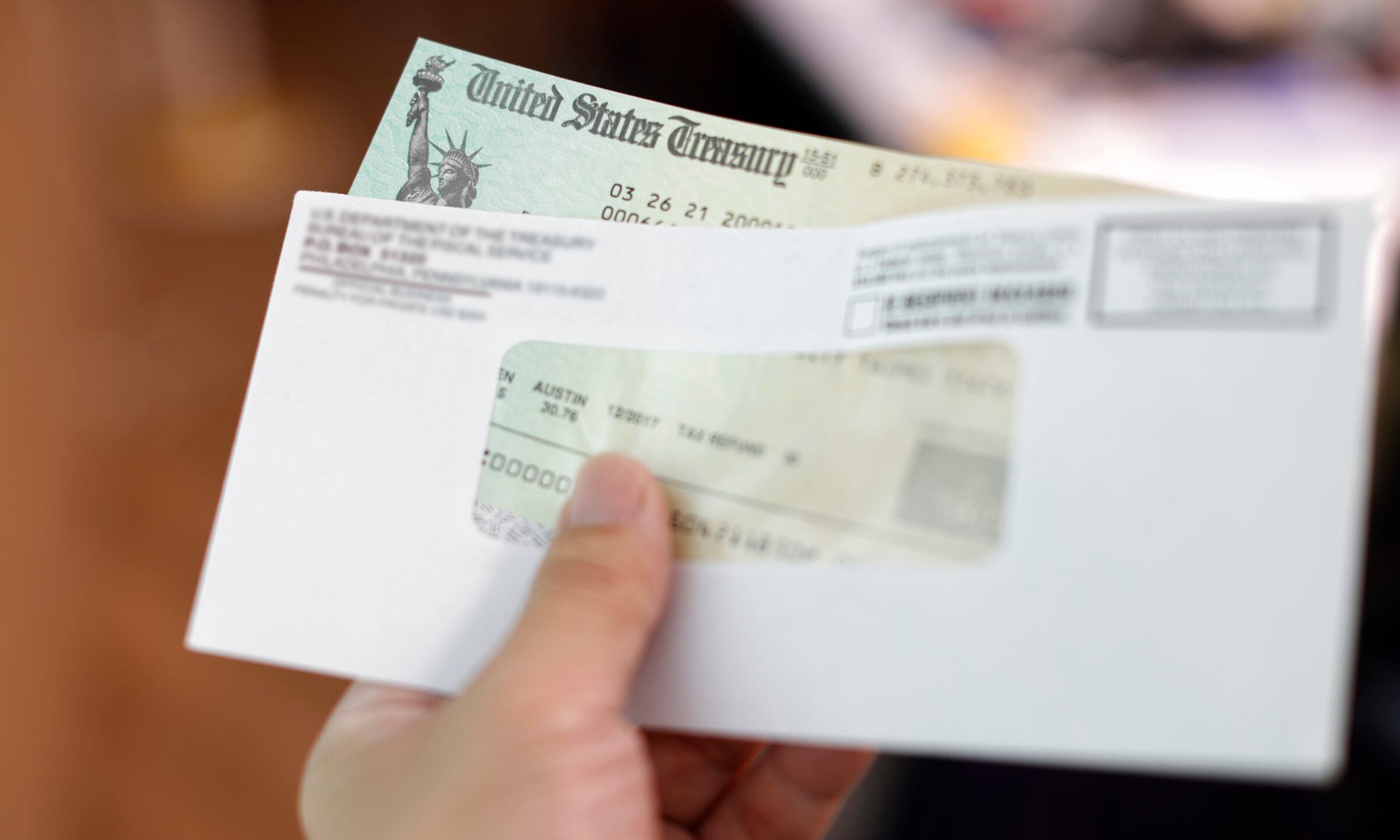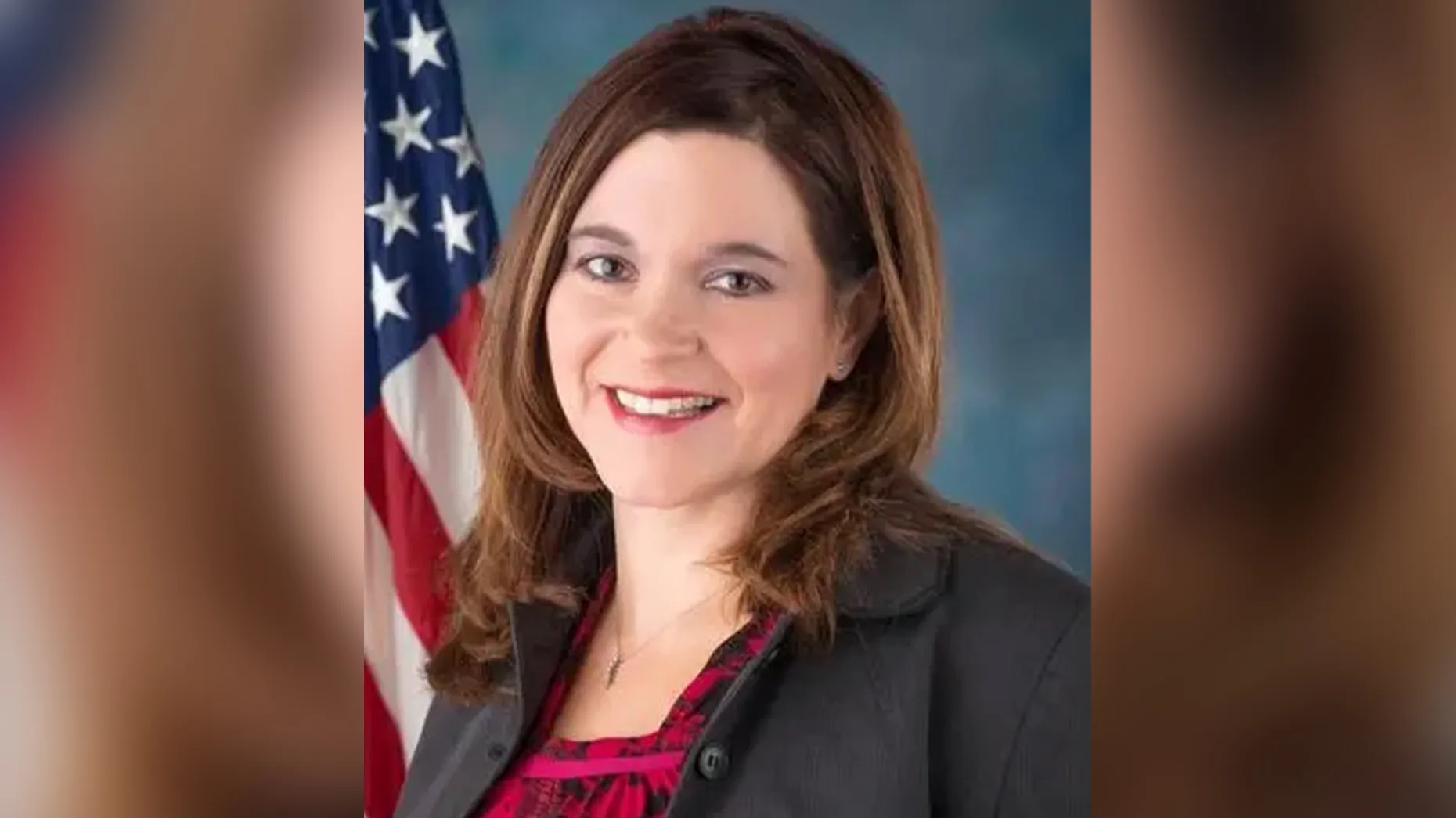Freelancers are service providers who may work for a variety of clients during the year. Typically, they are not classified as employees who receive wages reported on a Form W-2. Some jobs are short and may be done in a day, while others make take weeks or months to complete. An example of a fairly new gig for freelancers is driving for Uber or Lyft. The driver may have many passengers in a day, but only a few hours are worked in a day. There are many variations to the freelancer working arrangements.
Freelancers have unique circumstances associated with filing their income taxes. They work on many jobs in a year which results in receiving many 1099-Misc forms. If they have jobs that pay less than $600 each, then they may not receive 1099s for those jobs. As a tax preparer, you must advise the freelancer that reportable income is the total money received, regardless of the amount of income reported on 1099s.
Tracking expenses can be a real challenge for freelancers. A cell phone is typically a personal expense, but in the hands of a freelancer, it becomes a business expense. The same may be true for expenses like rent, utilities, computers, cars, travel, meals and entertainment. Traditional business expenses such as advertising, marketing, office expense, supplies, printing, subcontractor expenses and interest expense are also deductions.
The freelancer income and expenses will be reported on a Schedule C – Profit or Loss from Business.
If the freelancer works out of the home, then a portion of the home expenses may be deductible. Form 8829 – Office in Home first calls for a split between square feet for business and the total square feet of the home to determine the percentage of deductibility of the expenses reported. An alternative method of computing this percentage is to compare the number of rooms in the house to the number of rooms used for business. The form allows for reporting expenses that will be prorated, versus expenses that are all business with no personal component. An example could be renter’s insurance that would be prorated, versus a rider on the policy for computer or business equipment that would be all business related. Note that there is a simplified method available for reporting home office expenses.
Auto expense is another consideration of the freelancer. Regular auto expensing rules apply but it is an area where freelancers often struggle to maintain good records. There are programs and apps available to download onto a cell phone that will do the record keeping. A special challenge arises for the Uber/Lyft driver. They may trade their car every year or every other year if they drive a lot. There are rules associated with the sale of an auto which include keeping track of the deductions taken for all prior years.
Meals and entertainment are deductible at fifty percent of the total spent in 2017. For 2018 entertainment is not deductible and the tax analysts are split regarding meals. Some analyst are saying that meals will not be deductible at all, and some are saying no change from 2017. It will be important to be sure that freelancers know of these changes. Clarification will come sometime during 2018.
Freelancers can take advantage of expensing purchases like computers and other equipment. Generally, equipment is to be capitalized and then depreciated over its useful life. The accountant can help determine if Section 179 accelerated depreciation can apply to purchased equipment. The details have not changed with the new tax law as it pertains to freelancers.
New freelancers should be reminded of quarterly estimated tax requirements both at the federal and state level. For someone who has previously only worked as an employee, this is a completely new territory and often catches freelancers off guard. Make sure your client is setting aside enough money to cover taxes.
Some freelancers may have split earnings situations, where some receive both W-2s and 1099s for the same type of work but from different companies. In Los Angeles, where my tax practice is located, in the entertainment industry, the larger studios, like Disney, report all of their works’ pay on W-2 forms. In smaller studios, many times only 1099s are issued. This will force the tax preparer to evaluate the expenses for the year to determine if some expenses are associated with the W-2 jobs.
In 2017 for the expenses associated with W-2s, Form 2106 Employee Business Expenses will be used. It will be a part of Schedule A, Itemized Deductions, under a section titled Job Expenses and Certain Miscellaneous Deductions. In 2018 that section is gone. As such, this is a planning issue to discuss with freelancers for 2018.
If a freelancer is just getting started or continues on a part-time basis, reporting on a Schedule C is the simplest method. If a freelancer gains momentum and plans some nice growth, discussing some future planning with the freelancer may make sense. A business entity may be formed such as an LLC or an S Corporation. This should require a separate meeting with the freelancer just to focus on this topic.
Another area to cover with your freelancer clients is retirement. As a freelancer any retirement savings will be the responsibility of the freelancer as opposed to an employer. A regular IRA contribution is a good starting point. Other plans may offer higher savings amounts, but will require some set up to put the plan in place.
———-
Bruce T Andersen, MS-Tax, CPA, provides tax services and business consulting to self-employed individuals and small businesses. He is based in Los Angeles area, but consults throughout the US. He can be reached at Bruce@AndersenCPA.com. You can visit his website at WWW.AndersenCPA.com.
Thanks for reading CPA Practice Advisor!
Subscribe Already registered? Log In
Need more information? Read the FAQs




